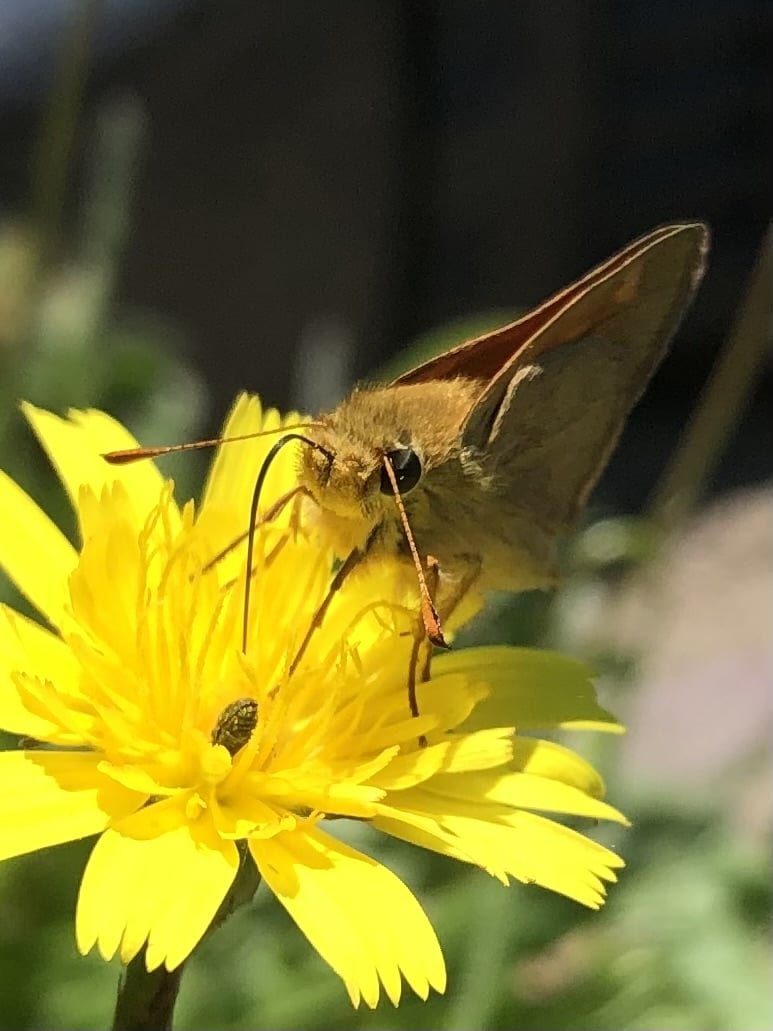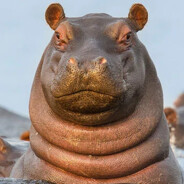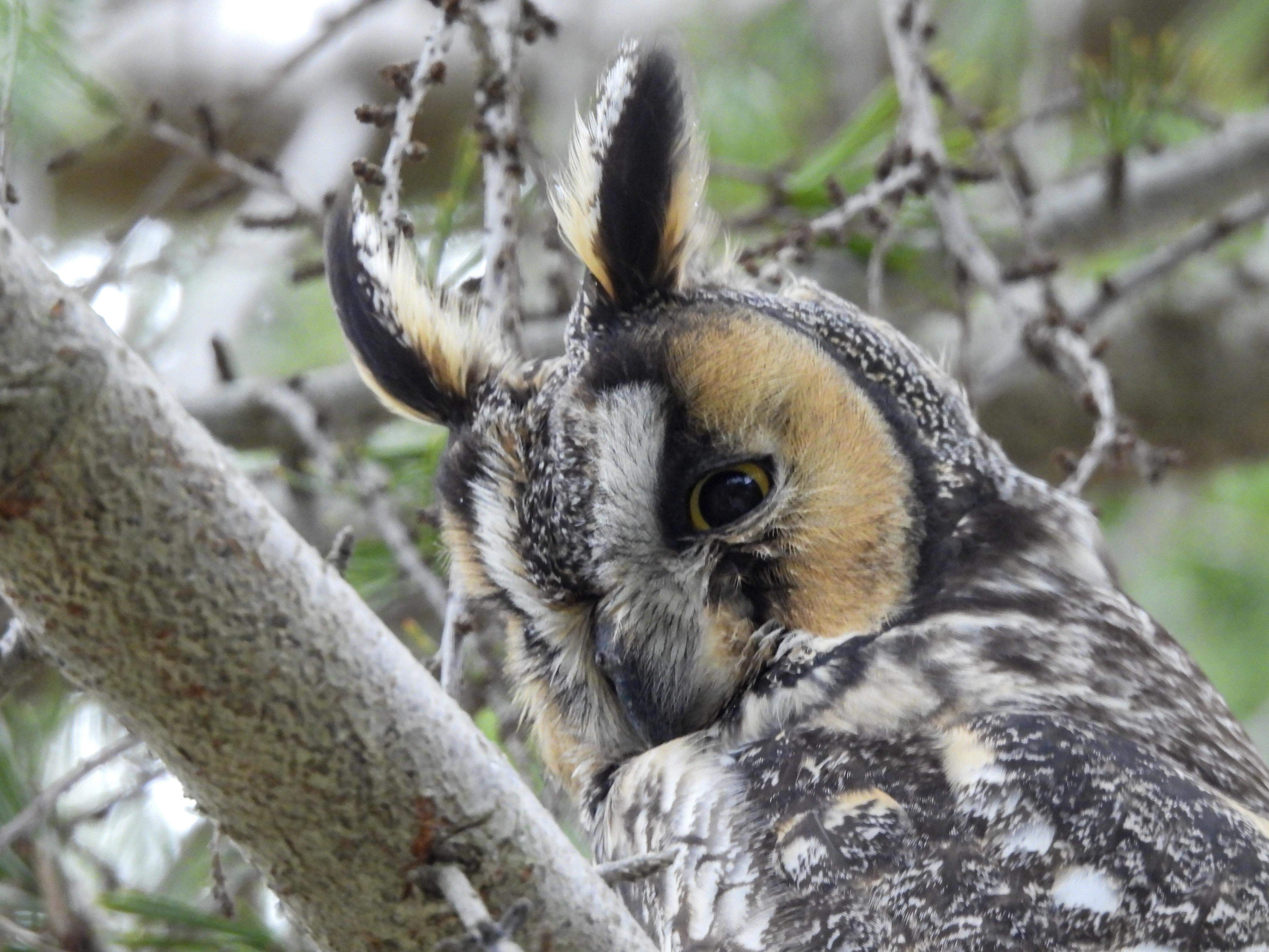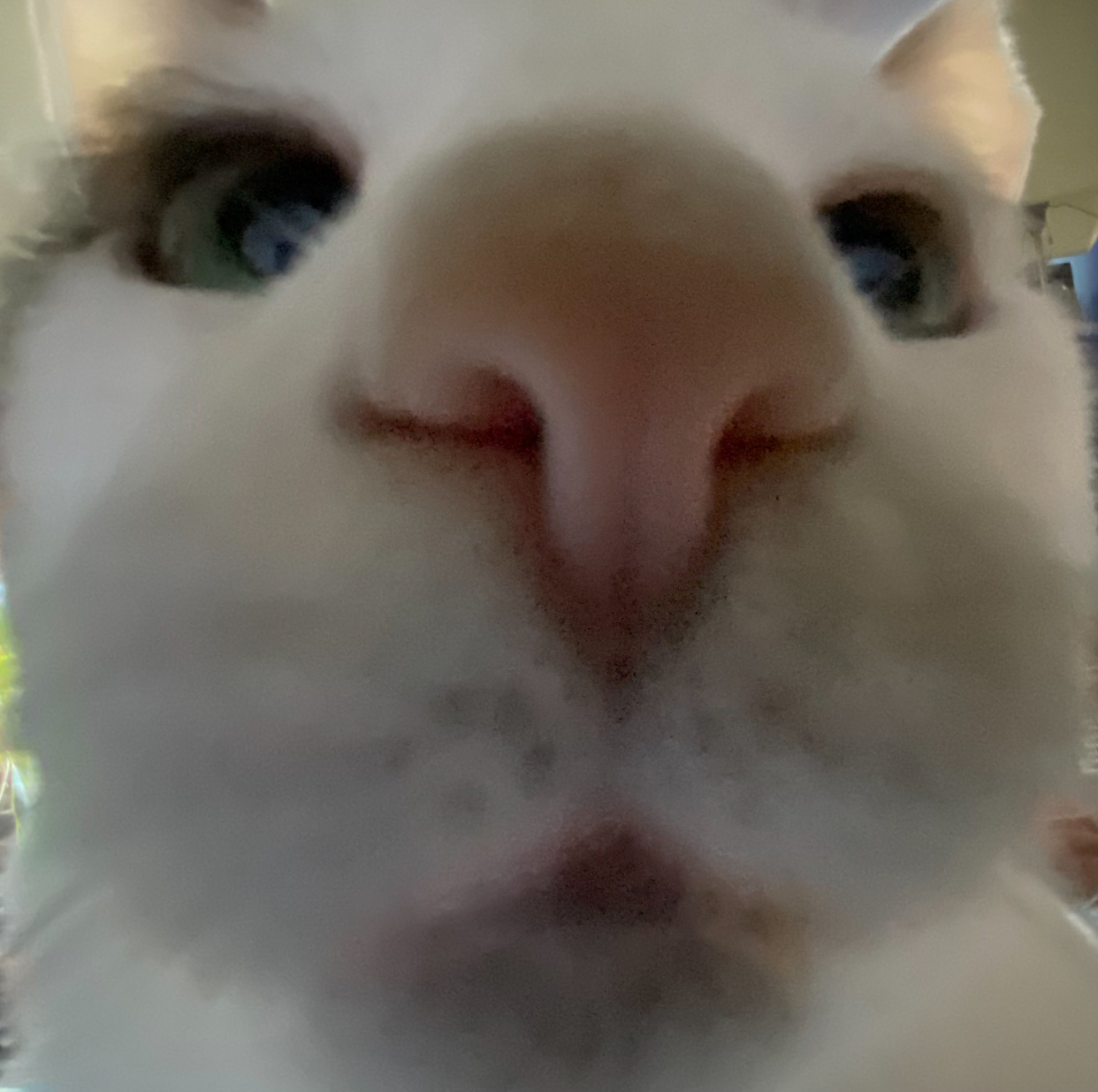Title photo by Mike Locke
There are over 70 species of wētā in New Zealand
There are eleven species of giant wētā, most of which are larger than other wētā, despite the latter also being large by insect standards
The name wētā comes from the Maori word wētāpunga, or “God of Ugly Things” .The genus name, Deinacrida, means “Terrible Grasshopper.”
The giant wētā’s close relatives include the Carnivorous Tusked Wētā, the Tree Wētā, and the Cave Wētā
Giant wētā are endemic to New Zealand and all but one species are protected by law because they are considered at risk of extinction
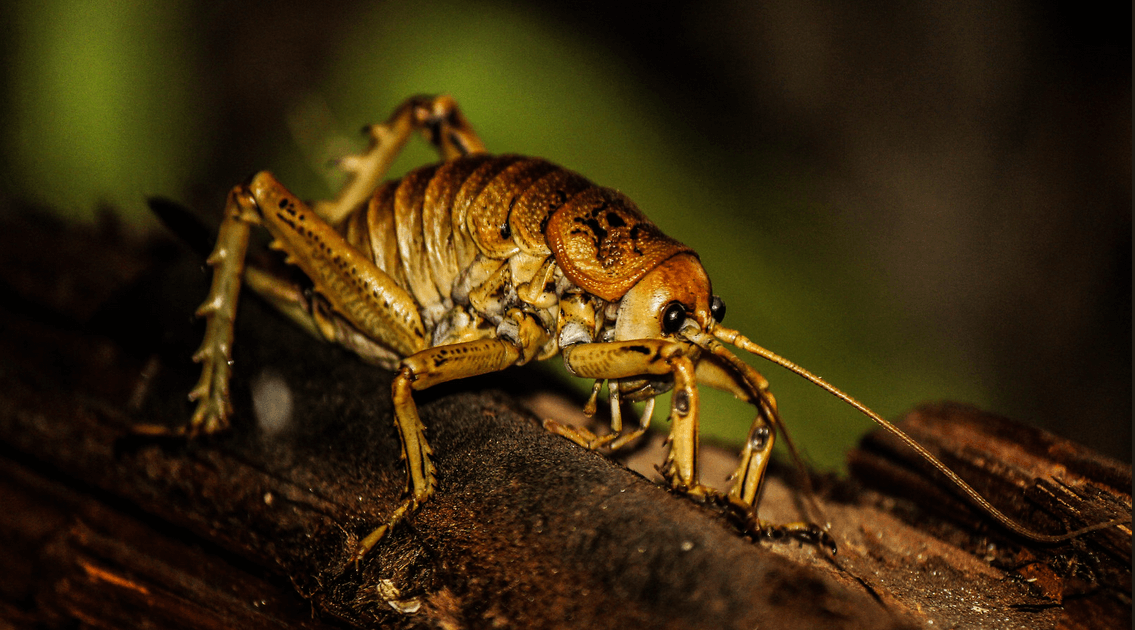
New Zealand Giant Weta by Ricky Wilson
The largest species of Giant Wētā is the Little Barrier Island giant wētā, also known as the wētāpunga. One example reported in 2011 weighed 71 g (2.50 oz)
[Deinacrida mahoenui] is endemic to the area of Mahoenui, New Zealand, and the world population for some time was restricted to a single patch of introduced gorse on farmland.
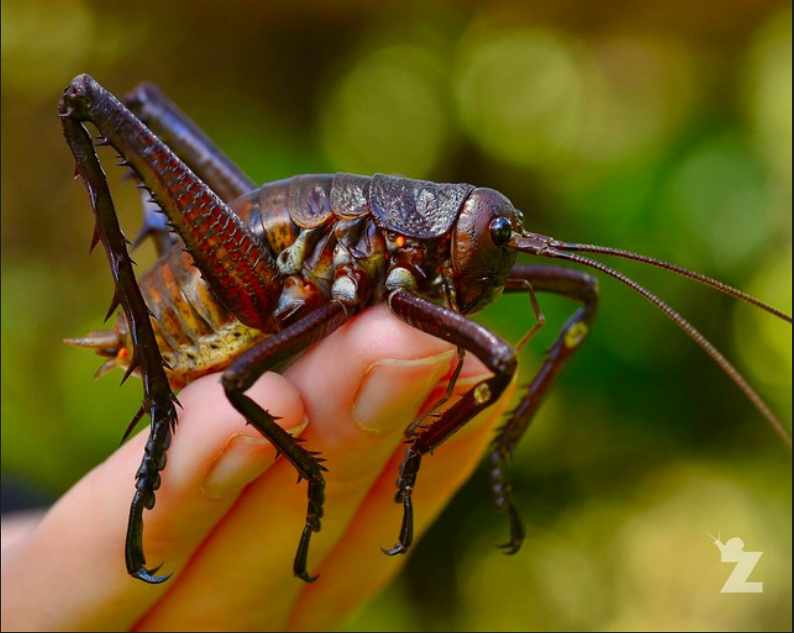
Deinacrida mahoenui [MAHOENUI GIANT WETA] by Zoomology
Large species can be up to 10 cm (4 in), not inclusive of legs and antennae, with body mass usually no more than 35 g (1.2 oz). One gravid captive female reached a mass of about 70 g (2.47 oz), making it one of the heaviest insects in the world and heavier than a sparrow. This is, however, abnormal, as this individual was unmated and retained an abnormal number of eggs
Many giant wētā species are alpine specialists. Five species are only found at high elevation in South Island. The scree wētā D. connectens lives about 1,200 m (3,900 ft) above sea level [8] and freezes solid when temperatures drop below −5 °C (23 °F)
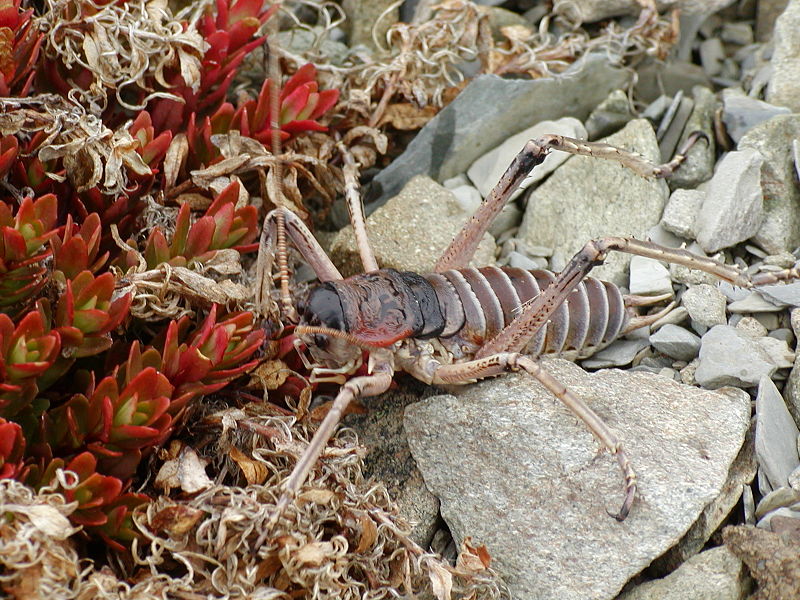
Fossils found from the Triassic period 190 million years ago show striking similarities to the wētā that inhabit New Zealand today
Handsome Devil!

Giant Weta - Maori “God Of Ugly Things” by Owen Calder
Sources Giant Wētā, Deinacrida mahoenui, Deinacrida connectens, and Mental Floss
In South Africa we have one of its family members we call it the Parktown Prawn
That’s what they named the District 9 aliens after, right?
Yep, that’s it.
Yeah I need to know the answer to this…
I think they deserve a post of their own 👍
Getting really close to the size where we may have to implement measured democracy.
giant centipedes are still the worst
An idea for another post, methinks!
Post the ones that snatch bats out of midair.
I’ll see what I can find!
Mukade. Terrifying. Large, venomous with a painful bite, and aggressive. No fucking thank you. So glad I’ve only ever come across a dead one so far.
No thanks!
It’s the butt horn that gets me
how high can they jump?
Though it looks like a big cricket, giant weta are too heavy to fly. Some of its relatives, like the tree weta, are more agile and can jump, but giant weta are decidedly earth-bound via mental floss
That fourth picture triggers my spider detector and I don’t like it.
Arrivé à cette taille, je n’appelle plus ça un insecte mais un crustacé. Les photo rappellent clairement des crevettes ou les écrevisses.
Je me pose donc tout naturellement la question : Ça se mange ?C’est une espèce protégée, mais je ne sais pas si les maoris peuvent l’avoir mangé dans le passé
via google translate
I couldn’t figure out how to speak about shell-non-fish so I went with french. Thank you for taking time to answer me in french (^_^)
You’re welcome, fortunately Google came to the rescue…Incidentally, how does Google perform with translations? I’m always concerned it’s going to produce gibberish
Translation btw French and English and most european languages are more than fine. Some idiomatic expressions won’t translate perfectly and maybe in long textes or maybe a very complicated sentences, they will be a grammar mistake that makes you read a second time but that’s it. However if one or both the language are neither from romance or germanic languages, the translation are very poor at best.
I’ve tried to translate thing from Arabic or Mandarin Chinese, I can barely get what I want for one or two world. Russian seems to make sense up to the sentence. But it’s hard to evaluate the quality of the translation when you don’t speak both languages.Thanks for the information, maybe with time AI will help with improving translations? I do always add the caveat of ’ via Google translate’ or similar, just in case it turns out really bad
From my understanding these tools are using AI from the start but sure by staking one AI technology on top of another AI technology we will see interesting result.
Let the gibberish commence!
I walked into several caves absolutely crawling with these things when I was in NZ.
Bug too big
Not as big as these

No
So there is a non-zero chance of finding this in your bed in New Zealand? I used to want to visit New Zealand.
I only saw the weta at night in the woods, so I think you’ll be safe…maybe check your sleeping bag if you’re wild camping, unless you fancy the company (or a light, illegal snack)
Ah, I see spider crickets/ cave crickets are trying to rebrand themselves…
But really, that just looks like large versions of those bugs, I’m gonna need a bigger glue trap… 😬

